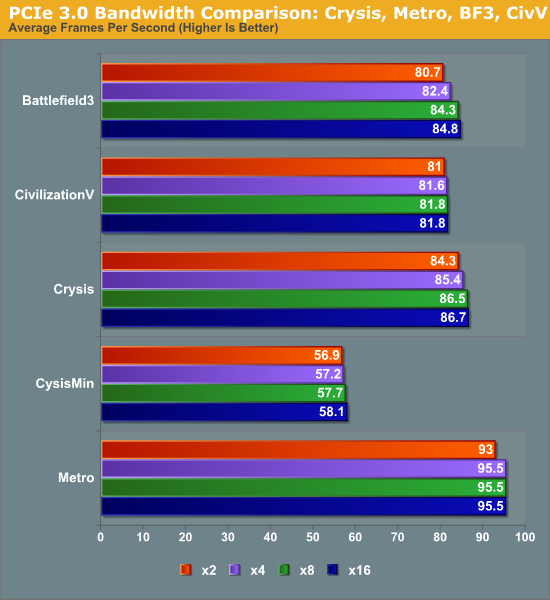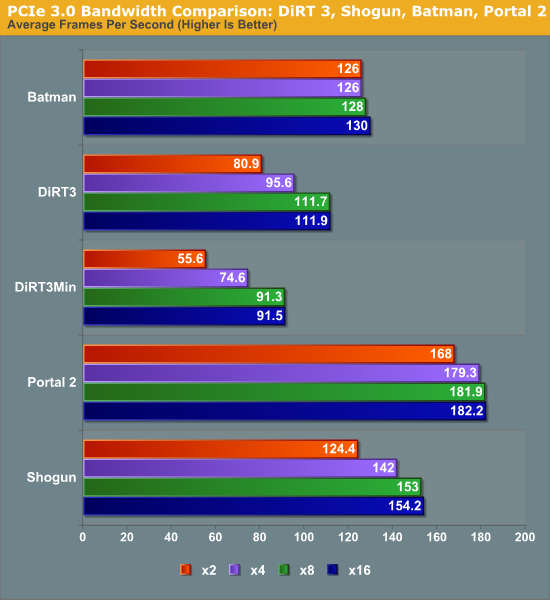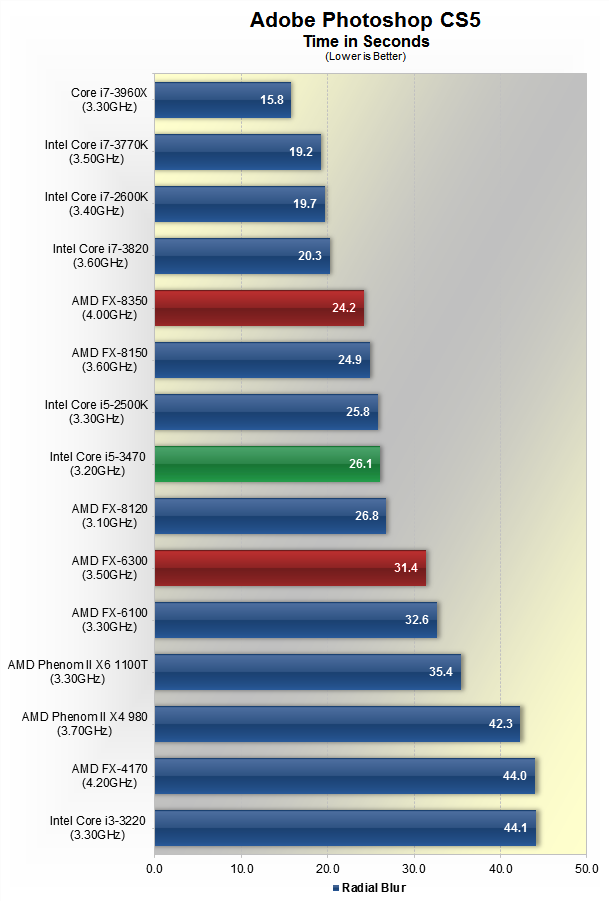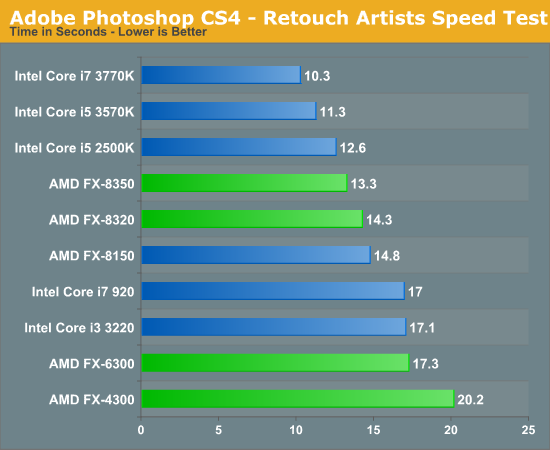 TheFoxyShortBus, on 02 December 2012 - 11:13 PM, said:
TheFoxyShortBus, on 02 December 2012 - 11:13 PM, said:
Saying that "well most people won't see it" doesn't mean that it isn't any less fact. It would be the same as saying "I can't see gamma radiation so it must not exist" is a comparable to dismissing something because most won't see it.
Also it isn't a Margin of error, a margin of error is considered less than 5% on loose scientific explanations. Not upwards of 25% or higher. There is a effective boundary here. As to this.
""
That makes absolutely no sense... This has been a problem long through out PCI-E's history, you can do it with 480's or 590's etc etc. And just because something isn't "cost effective" doesn't meant it won't be in real life, I will bet you there are over 5,000 people with those types of set ups and that can push 16 PCI-E lanes past through intended throughput.
I'm not trying to rag on you, but you said provide evidence (which I did) Explained it in a clear and reasonable manner that in fact one of your myth's wasn't a myth at all, but is a fact. Your dismissal was inaccurate because there is a large difference between PCI-E 2.0 and 3.0 (its a factor of 2 improvement) so saturating 16 PCI-E 2.0 lanes is roughly the same as saturating 8 PCI-E 3.0 lanes. SO obviously it will be harder to saturate 16 PCI-E 3.0 lanes (which hasn't been done). SO it only applies to PCI-E 2.0 lanes, which a lot of people who've built a PC in the past couple of years are probably still on because most people won't see the advantage of 3.0 on their systems, but a few can over saturate the lanes and see a performance decrease.
It's a question of current generation cards, not future generation cards, and the misconception that they HAVE to have PCI-e 3.0 in order to get the performance out of their cards. Furthermore, they do fall within the margin of error between PCI-e 2.0 x16 and PCI-e 3.0 x16 lanes with current generation cards given the bandwidth is the same as a PCI-e 3.0 x8 lane.


There is not even a frame per second difference between the two bandwidth allotments as such there is far less than a 5% difference in performance, and well within a margin of error. Even when we start to see cards twice as powerful as they are now. (2-4 years from now) We would be looking at losses apparent in the difference between the PCI-e 3.0 x8 / x4 lanes in difference, averaging at less than 10% loss in performance, which is still within acceptable tolerances for most users, The only example where this begins to have issue comes in effect are those whom are able to afford high-end dual GPU cards. And anyone with that sort of budget is unlikely to not upgrade their CPU and motherboard in such a time frame. Furthermore, for anything which isn't top-end of the current generation, x8 lanes are sufficient without loss in performance for bandwidth. The only problem occurs when buying two or more of the top-end cards of a generation, which would bring up the question if they can afford that, why would they not have a motherboard with two or more x16 lanes in the first place?





































